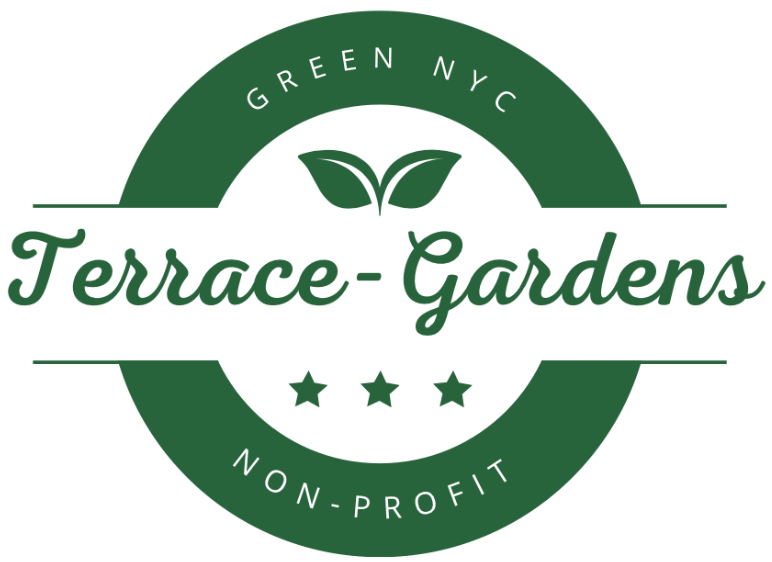Blog Post 4
The Repercussions of a Lack of Green Space
In the hustle and bustle of urban life, the importance of green spaces often becomes overlooked. Many people don’t realize that access to these natural areas is a luxury, as it is essential for the physical and mental health of communities. Green spaces, such as parks, gardens, and natural reserves, serve as sanctuaries for those living in urban areas. They provide a place to relax, exercise, and engage with nature, which significantly contributes to their mental and physical well-being. According to the National Recreation and Park Association (NRPA), a lack of access to green spaces has been directly linked to higher rates of chronic stress, mental health disorders, and even premature death. It was found that individuals who live near green spaces tend to be more physically active, whether through walking, jogging, or participating in outdoor sports (Ellipse, 2022). This, in turn, reduces the risk of developing chronic diseases such as obesity, diabetes, and hypertension. Unfortunately, for millions, especially those in underserved urban areas, access to these spaces is not a reality.
The lack of green spaces is not just a health issue, but also a matter of equity. As with many other aspects of public health, access to green spaces is disproportionately distributed. According to the NRPA, more than 100 million Americans, including 28 million children, do not have a park within a 10-minute walk of their homes (Lack of green spaces…, Anacostia Watershed Society, n.d.). This lack of access is particularly pronounced in low-income neighborhoods and communities of color, where environmental conditions are often worse due to historical and ongoing disparities in urban planning. These areas experience higher levels of air and noise pollution, elevated temperatures, and reduced access to basic services, all of which contribute to the negative health effects of green space scarcity (Lack of green spaces…, Anacostia Watershed Society, n.d.). A recent study in Europe found that nearly 43,000 premature deaths could be avoided annually if urban green spaces were increased. The primary reason for this reduction in mortality is the mitigation of the harmful effects of traffic-related pollution, especially nitrogen dioxide (NO2), a toxic substance that is prevalent in urban environments (Ellipse, 2022).

(Székely et al. 2015)
For children, the impact of limited green space is particularly serious. Studies have shown that a lack of green environments negatively affects child development, both physically and cognitively (Gascon et al., 2018). Research illustrates that children in areas with limited access to nature are less likely to engage in physical activity and are more likely to experience developmental delays in areas such as attention, mood regulation, and cognitive function (Gascon et al., 2018). As a result, their long-term health outcomes are compromised, with an increased risk for conditions like obesity, attention disorders, and even cardiovascular disease later in life.
The evidence is clear: green spaces are essential for public health. The lack of green spaces in urban environments is contributing to higher rates of mental and physical health issues, elevated mortality rates, and developmental challenges for children Gascon et al., 2018). Moreover, these negative impacts are disproportionately felt by communities of color and low-income populations, who often lack access to the health benefits of nature. Creating and maintaining green spaces in urban areas should be a priority for city planners, public health officials, and policymakers alike. In addition to the definite environmental benefits, increasing access to green spaces can reduce health disparities, foster stronger communities, and improve the overall well-being of urban residents. By ensuring that all people, regardless of race, ethnicity, or income, have equitable access to nature, we can begin to address some of the most pressing health challenges facing modern society.
References
Anacostia Watershed Society. (n.d.). Green spaces and mental health. https://www.anacostiaws.org/blog/green-spaces-and-mental-health.html
Ellipse. (2022, November 16). Lack of green spaces in cities: Higher mortality and worse child development. https://ellipse.prbb.org/lack-of-green-spaces-in-cities-higher-mortality-and-worse-child-development/
Gascon, M., Triguero-Mas, M., Martínez, D., Dadvand, P., Forns, J., Plasència, A., & Nieuwenhuijsen, M. J. (2018). Mental health benefits of long-term exposure to residential green and blue spaces: A systematic review. International Journal of Environmental Research and Public Health, 15(4), 445. https://doi.org/10.3390/ijerph15040445
National Recreation and Park Association. (n.d.). Access to nature is a matter of public health. https://www.nrpa.org


